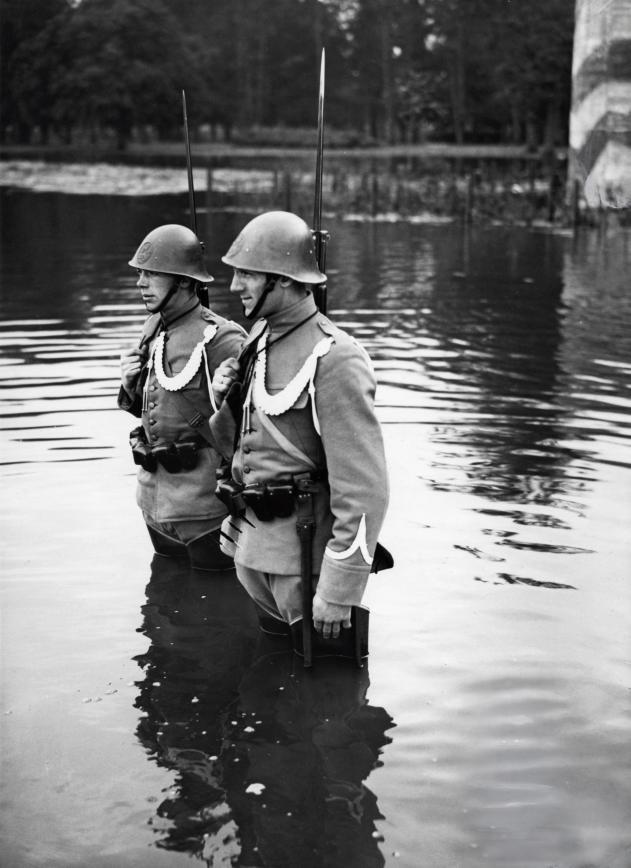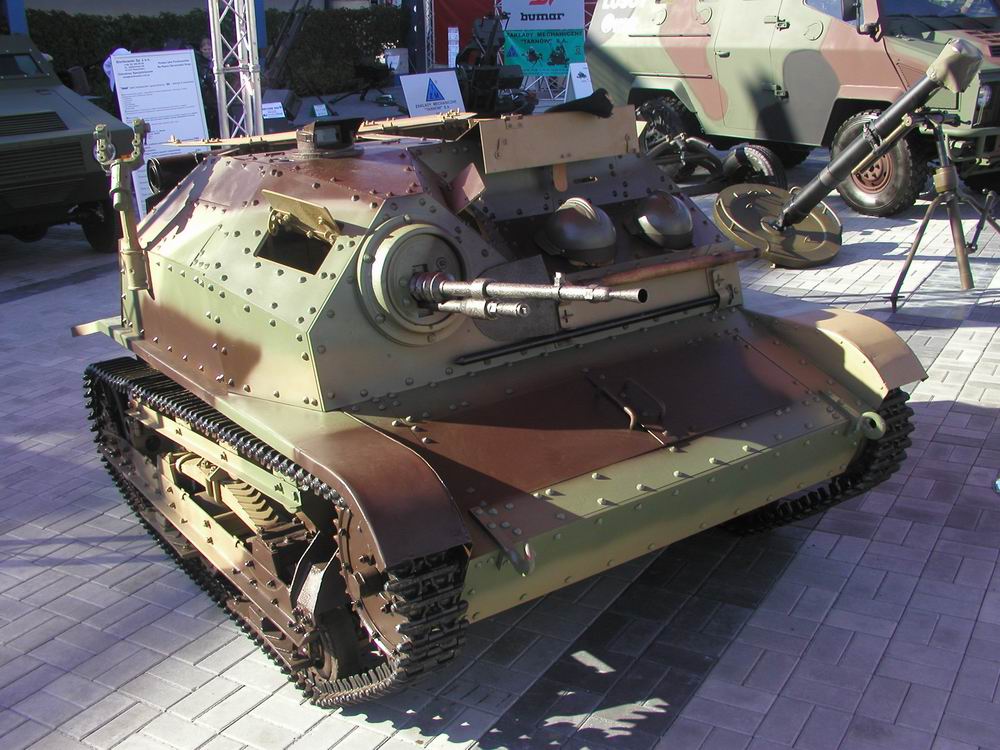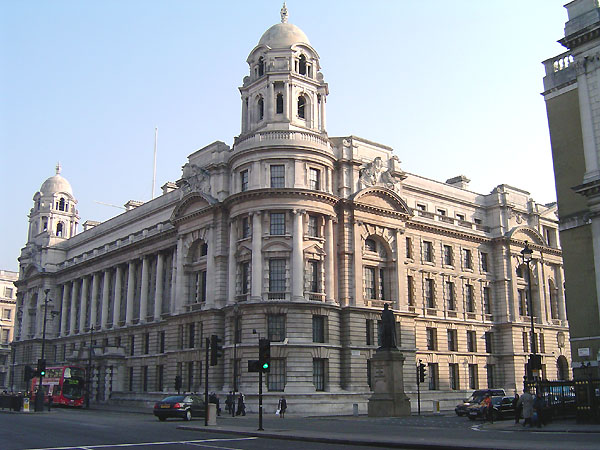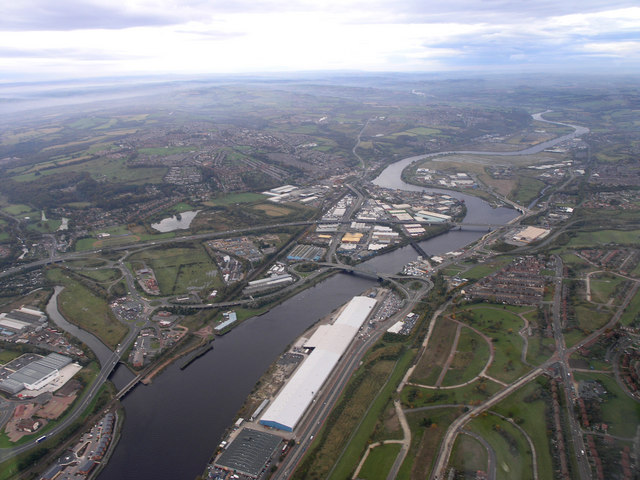|
Carden-Loyd
The Carden Loyd tankettes were a series of British tankettes of the period between the World Wars, the most successful of which was the Mark VI, the only version built in significant numbers. It became a classic tankette design worldwide, was licence-built by several countries and became the basis of several designs produced in various countries. Development The Carden Loyd tankette came about from an idea started, as a private project, by the British military engineer and tank strategist Major Giffard LeQuesne Martel. He built a one-man tank in his garage from various parts and showed it to the War Office in the mid-1920s. With the publication of the idea, other companies produced their own interpretations of the idea. One of these was ''Carden-Loyd Tractors Ltd'', a firm founded by Sir John Carden and Vivian Loyd and later purchased by Vickers-Armstrongs. Besides one-man vehicles they also proposed two-man vehicles which turned out to be a more effective and popular idea. Vi ... [...More Info...] [...Related Items...] OR: [Wikipedia] [Google] [Baidu] |
Vivian Loyd
Captain Vivian Graham Loyd MC (13 May 18941972) was an English soldier and engineer who designed armoured vehicles including the Carden Loyd tankette and Loyd Carrier. Early years Vivian Graham Loyd was born in Windsor, Berkshire, to a family of Welsh origin. His parents were Captain William Graham Loyd and Emily Diana Mary Loyd. He was educated at Wellington College, Berkshire, after which he worked in a bank in Canada. Military career Loyd was commissioned as a second lieutenant in the 4th Home Counties (Cinque Ports) Brigade, Royal Field Artillery (RFA) on 1 May 1913. During the First World War he served in India from 1914–1916 and Mesopotamia from 1916, where he contracted tuberculosis, which was the reason for his subsequent health problems. He ended the war as a captain, having been promoted to lieutenant in August 1914, after the war began. Engineering career After the First World War, Loyd became an engineer, initially making cars then moving on to light armo ... [...More Info...] [...Related Items...] OR: [Wikipedia] [Google] [Baidu] |
Type 94 Tankette
The Type 94 tankette (, literally "94 type light armored car"; also known as TK, an abbreviation of ''Tokushu Keninsha'', literally "special tractor") was a tankette used by the Imperial Japanese Army in the Second Sino-Japanese War, at Nomonhan Incident, Nomonhan against the Soviet Union, and in World War II. Although tankettes were often used as ammunition tractors, and general infantry support, they were designed for reconnaissance, and not for direct combat. The lightweight Type 94 proved effective in China as the Republic of China, Chinese National Revolutionary Army had only three tank battalions to oppose them, and those tank battalions were equipped only with some British export models and Kingdom of Italy, Italian L3/33, CV-33 tankettes. As with nearly all tankettes built in the 1920s and 1930s, they had thin armor that could be penetrated by .50 BMG, .50 caliber (12.7 mm) machine gun fire at range. History and development From the 1920s, the Imperial Japanese Army t ... [...More Info...] [...Related Items...] OR: [Wikipedia] [Google] [Baidu] |
German Invasion Of The Netherlands
The German invasion of the Netherlands (), otherwise known as the Battle of the Netherlands (), was a military campaign, part of Case Yellow (), the Nazi German invasion of the Low Countries (Belgium, Luxembourg, and the Netherlands) and France during World War II. The battle lasted from 10 May 1940 until the surrender of the main Dutch forces on 14 May. Dutch troops in the province of Zealand continued to resist the Wehrmacht until 17 May, when Germany completed its occupation of the whole country. The invasion of the Netherlands saw some of the earliest mass paratroop drops, to occupy tactical points and assist the advance of ground troops. The German Luftwaffe used paratroopers in the capture of several airfields in the vicinity of Rotterdam and The Hague, helping to quickly overrun the country and immobilise Dutch forces. After the devastating Nazi bombing of Rotterdam by the Luftwaffe on 14 May, the Germans threatened to bomb other Dutch cities if the Dutch forces refu ... [...More Info...] [...Related Items...] OR: [Wikipedia] [Google] [Baidu] |
Sir John Carden
Sir John Valentine Carden, 6th Baronet MBE (6 February 1892 – 10 December 1935) was an English tank and vehicle designer. He was the sixth baronet of Templemore, County Tipperary, from 1931. Work Born in London, Carden ran a company from 1914 to 1916 that manufactured light passenger-cars under the brand '' Carden''. The company's first model was a cyclecar, with seating only for the driver. During the First World War, Carden served in the Army Service Corps and gained the rank of captain, acquiring experience with vehicles such as tracked Holt tractors. After the war, he returned to car manufacturing but sold his original design and factory to Ward and Avey who renamed it the AV. He then designed a new cyclecar and started manufacture at Ascot but at the end of 1919 sold the design to E. A. Tamplin who continued manufacture as the Tamplin car. A further design followed with a two-seat fibreboard body. Carden even sold one of these to King Alfonso XIII Alfonso XI ... [...More Info...] [...Related Items...] OR: [Wikipedia] [Google] [Baidu] |
Tankette
A tankette is a tracked armoured fighting vehicle that resembles a small tank, roughly the size of a car. It is mainly intended for light infantry support and scouting.T-27 Tankette (from the 'battlefield.ru' website, with further references cited. Accessed 2008-02-21.) Colloquially it may also simply mean a small tank. Several countries built tankettes between the 1920s and 1940s, and some saw limited combat in the early phases of . The vulnerability of their light armour, however, eventually led armies to abandon the concept with some exceptions such as the more modern German Wiesel (Weasel) series.
|
Interwar Period
In the history of the 20th century, the interwar period, also known as the interbellum (), lasted from 11 November 1918 to 1 September 1939 (20 years, 9 months, 21 days) – from the end of World War I (WWI) to the beginning of World War II (WWII). It was relatively short, yet featured many social, political, military, and economic changes throughout the world. Petroleum-based energy production and associated mechanisation led to the prosperous Roaring Twenties, a time of social mobility, social and economic mobility for the middle class. Automobiles, electric lighting, radio, and more became common among populations in the developed world, first world. The era's indulgences were followed by the Great Depression, an unprecedented worldwide economic downturn that severely damaged many of the world's largest economies. Politically, the era coincided with the rise of communism, starting in Russia with the October Revolution and Russian Civil War, at the end of WWI, and ended with ... [...More Info...] [...Related Items...] OR: [Wikipedia] [Google] [Baidu] |
Giffard Le Quesne Martel
Lieutenant-General Sir Giffard Le Quesne Martel (10 October 1889 – 3 September 1958) was a British Army officer who served in both the First and Second World Wars. Familiarly known as "Q Martel" or just "Q", he was a pioneering British military engineer and tank strategist. Early life and military career Born into a traditional military family he was the son of Brigadier-General Sir Charles Philip Martel who was Chief Superintendent of Ordnance Factories. He married Maud Mackenzie on 29 July 1922 and they had one son. Martel entered the Royal Military Academy, Woolwich in 1908 and was commissioned as a second lieutenant into the British Army's Royal Engineers on 23 July 1909. Martel was instrumental in the establishment of The Royal Navy and Army Boxing Association in 1911 and was Army and Inter Services boxing champion both before and after World War I. First World War Martel deployed for the First World War with 9th Field Company RE, serving in the Great Retreat, F ... [...More Info...] [...Related Items...] OR: [Wikipedia] [Google] [Baidu] |
War Office
The War Office has referred to several British government organisations throughout history, all relating to the army. It was a department of the British Government responsible for the administration of the British Army between 1857 and 1964, at which point its functions were transferred to the new Ministry of Defence (United Kingdom), Ministry of Defence (MoD). This article contains text from this source, which is available under th Open Government Licence v3.0 © Crown copyright It was equivalent to the Admiralty (United Kingdom), Admiralty at that time, which was responsible for the Royal Navy (RN), and (much later) the Air Ministry, which oversaw the Royal Air Force (RAF). The name 'Old War Office' is also given to the former home of the department, located at the junction of Horse Guards Avenue and Whitehall in central London. The landmark building was sold on 1 March 2016 by HM Government for more than British pound, £350 million, on a 250-year lease for conversion int ... [...More Info...] [...Related Items...] OR: [Wikipedia] [Google] [Baidu] |
Tankette
A tankette is a tracked armoured fighting vehicle that resembles a small tank, roughly the size of a car. It is mainly intended for light infantry support and scouting.T-27 Tankette (from the 'battlefield.ru' website, with further references cited. Accessed 2008-02-21.) Colloquially it may also simply mean a small tank. Several countries built tankettes between the 1920s and 1940s, and some saw limited combat in the early phases of . The vulnerability of their light armour, however, eventually led armies to abandon the concept with some exceptions such as the more modern German Wiesel (Weasel) series.
|
Petrol
Gasoline (North American English) or petrol ( Commonwealth English) is a petrochemical product characterized as a transparent, yellowish, and flammable liquid normally used as a fuel for spark-ignited internal combustion engines. When formulated as a fuel for engines, gasoline is chemically composed of organic compounds derived from the fractional distillation of petroleum and later chemically enhanced with gasoline additives. It is a high-volume profitable product produced in crude oil refineries. The ability of a particular gasoline blend to resist premature ignition (which causes knocking and reduces efficiency in reciprocating engines) is measured by its octane rating. Tetraethyl lead was once widely used to increase the octane rating but is not used in modern automotive gasoline due to the health hazard. Aviation, off-road motor vehicles, and racing car engines still use leaded gasolines. Other substances are frequently added to gasoline to improve chemical stabilit ... [...More Info...] [...Related Items...] OR: [Wikipedia] [Google] [Baidu] |
Vickers-Armstrongs
Vickers-Armstrongs Limited was a British engineering conglomerate formed by the merger of the assets of Vickers Limited and Sir W G Armstrong Whitworth & Company in 1927. The majority of the company was nationalised in the 1960s and 1970s, with the remainder being divested as Vickers plc in 1977. It featured among Britain's most prominent armaments firms. History Vickers merged with the Tyneside-based engineering company Armstrong Whitworth, founded by William Armstrong, to become Vickers-Armstrongs. Armstrong Whitworth and Vickers had developed along similar lines, expanding into various military sectors and produced a whole suite of military products. Armstrong Whitworth were notable for their artillery manufacture at Elswick and shipbuilding at a yard at High Walker on the River Tyne. 1929 saw the merger of the acquired railway business with those of Cammell Laird to form Metropolitan Cammell Carriage and Wagon (MCCW); Metro Cammell. In 1935, before rearmament ... [...More Info...] [...Related Items...] OR: [Wikipedia] [Google] [Baidu] |








